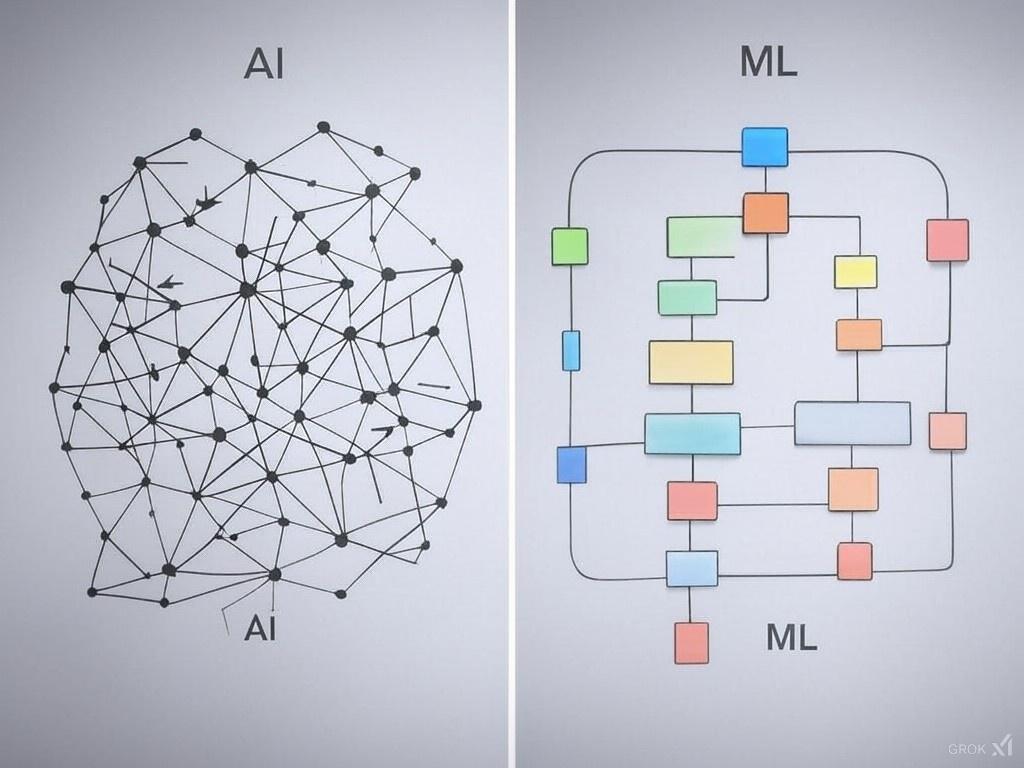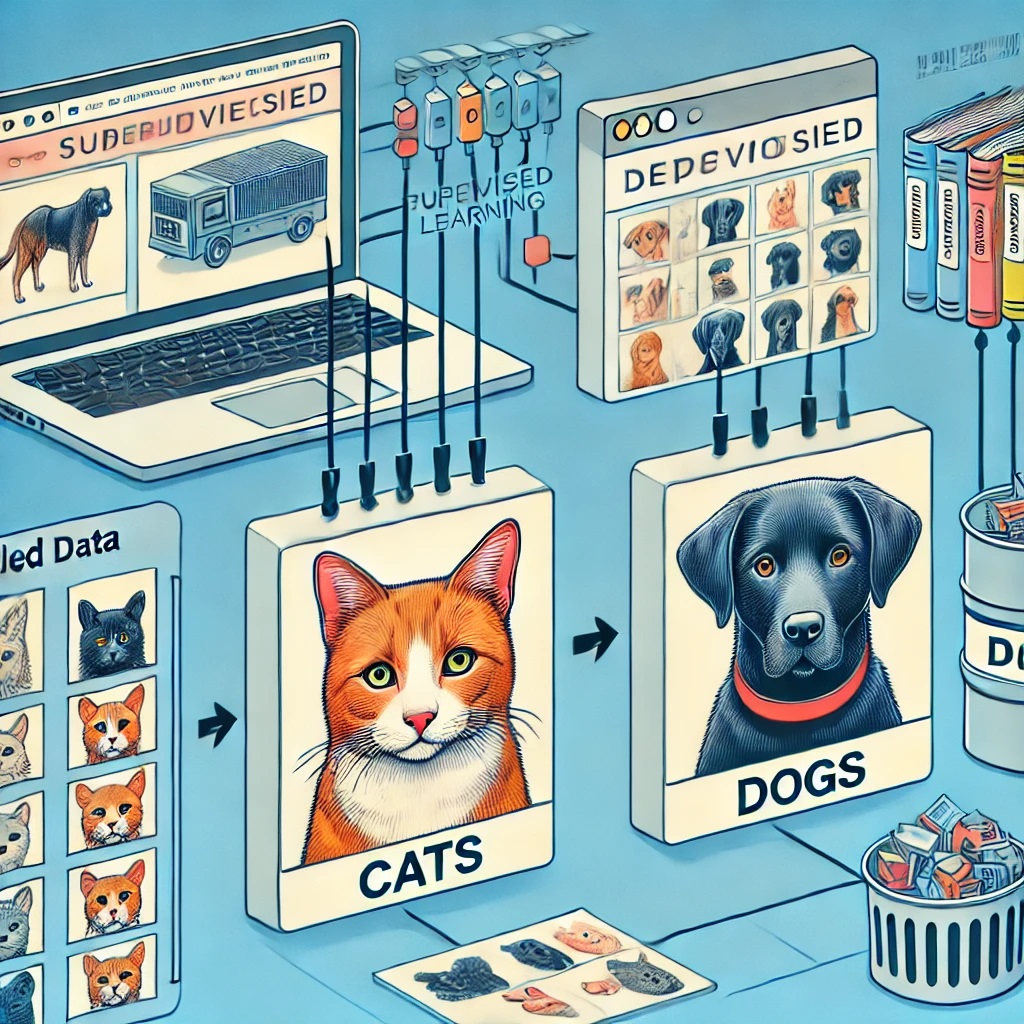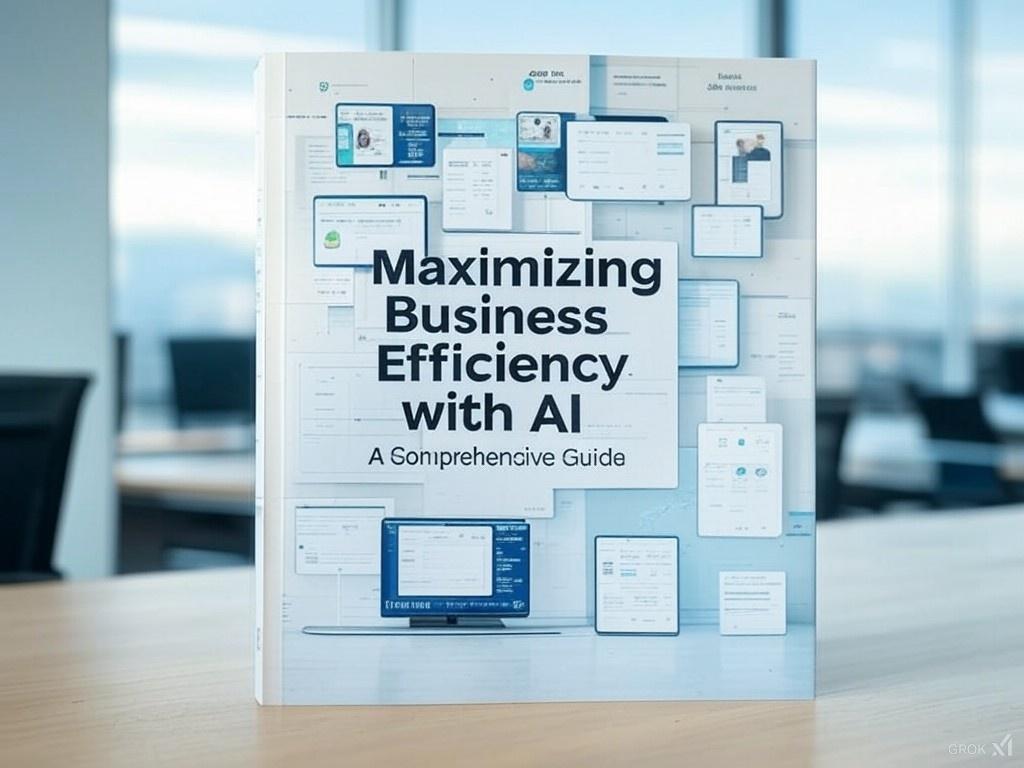Understanding Machine Learning: A Business Perspective
Machine Learning (ML) is a subset of Artificial Intelligence (AI) that empowers computers to learn from data without explicit programming. Instead of relying on predefined rules, ML algorithms identify patterns, make predictions, and improve their accuracy over time by analyzing vast datasets. This ability to “learn” from experience allows machines to adapt and evolve, making them increasingly valuable in a wide range of applications.

Machine Learning vs. Artificial Intelligence
While often used interchangeably, AI and ML are distinct concepts:
- Artificial Intelligence (AI): The broader concept of creating machines that can simulate human intelligence, including tasks like reasoning, problem-solving, and understanding natural language.
- Machine Learning (ML): A specific approach within AI that focuses on using algorithms and statistical models to enable systems to learn from data.
Think of it this way: AI is the overarching goal, while ML is one of the primary tools to achieve that goal. AI systems can encompass various approaches, including rule-based systems, expert systems, and, of course, machine learning.
For more details on AI and its distinctions, check out this comprehensive guide to AI.

Key Types of Machine Learning
- Supervised Learning
- Definition: Involves training algorithms on labeled data, where each data point is associated with a corresponding output.Example: Training an image recognition system by feeding it thousands of images labeled as “cat” or “dog.” The algorithm learns to identify features that distinguish between the two categories.
- Definition: Involves training algorithms on labeled data, where each data point is associated with a corresponding output.Example: Training an image recognition system by feeding it thousands of images labeled as “cat” or “dog.” The algorithm learns to identify features that distinguish between the two categories.

- Unsupervised Learning
- Definition: Deals with unlabeled data, where the algorithm must identify patterns and structures within the data itself.Example: Customer segmentation, where the algorithm groups customers based on their purchasing behavior and demographics without any prior knowledge of customer types.

- Definition: Deals with unlabeled data, where the algorithm must identify patterns and structures within the data itself.Example: Customer segmentation, where the algorithm groups customers based on their purchasing behavior and demographics without any prior knowledge of customer types.
- Reinforcement Learning
- Definition: The algorithm learns through trial and error, receiving rewards or penalties for its actions.Example: Training a robot to navigate a maze by rewarding it for successful navigation and penalizing it for collisions.

- Definition: The algorithm learns through trial and error, receiving rewards or penalties for its actions.Example: Training a robot to navigate a maze by rewarding it for successful navigation and penalizing it for collisions.
How Machine Learning Benefits Businesses
- Enhanced Customer Experience
- Personalized Recommendations: Platforms like Amazon and Netflix leverage ML to analyze user behavior and recommend products or content tailored to individual preferences.Chatbots: AI-powered chatbots provide instant customer support, answer frequently asked questions, and even assist with complex inquiries.

- Personalized Recommendations: Platforms like Amazon and Netflix leverage ML to analyze user behavior and recommend products or content tailored to individual preferences.Chatbots: AI-powered chatbots provide instant customer support, answer frequently asked questions, and even assist with complex inquiries.
- Improved Operational Efficiency
- Predictive Maintenance: ML algorithms analyze sensor data to predict equipment failures, minimizing downtime and optimizing maintenance schedules.Supply Chain Optimization: ML helps optimize logistics, predict demand, and reduce costs by analyzing historical data and real-time information.

- Predictive Maintenance: ML algorithms analyze sensor data to predict equipment failures, minimizing downtime and optimizing maintenance schedules.Supply Chain Optimization: ML helps optimize logistics, predict demand, and reduce costs by analyzing historical data and real-time information.
- Data-Driven Decision Making
- Fraud Detection: Financial institutions utilize ML to detect fraudulent transactions by identifying unusual patterns in spending behavior.Risk Assessment: Insurance companies use ML to assess risk and determine appropriate premiums for individual customers.

- Fraud Detection: Financial institutions utilize ML to detect fraudulent transactions by identifying unusual patterns in spending behavior.Risk Assessment: Insurance companies use ML to assess risk and determine appropriate premiums for individual customers.
Implementing Machine Learning in Your Business
Successfully implementing ML requires a strategic approach:
- Define Clear Objectives: Identify specific business problems that ML can address, such as increasing customer retention, optimizing marketing campaigns, or improving product quality.
- Gather and Prepare Data: Ensure access to high-quality, relevant data. This may involve data cleaning, preprocessing, and feature engineering.
- Choose the Right Tools and Technologies: Select appropriate ML frameworks, libraries, and tools based on your specific needs and resources.
- Build and Train Models: Develop and train ML models using the chosen tools and techniques.
- Deploy and Monitor: Deploy the trained models into production and continuously monitor their performance, making adjustments as needed.
For a step-by-step guide on implementing ML, explore this tutorial.
Challenges and Considerations
- Data Quality and Availability: High-quality, labeled data is crucial for effective ML, but acquiring and preparing such data can be challenging and time-consuming.
- Bias and Fairness: ML models can reflect biases present in the training data, leading to unfair or discriminatory outcomes.
- Explainability and Transparency: Understanding how ML models arrive at their decisions is crucial for building trust and ensuring ethical use.
 “
“
Conclusion
Machine Learning is rapidly transforming the business landscape, offering unprecedented opportunities for innovation and growth. By understanding its principles, applications, and limitations, businesses can effectively leverage ML to gain a competitive advantage and drive success in the digital age.
Ready to explore more about how machine learning can transform your business? Check out this in-depth resource for further reading.
Further Reading
The History of Machine Learning:
- Stanford Encyclopedia of Philosophy: https://online.stanford.edu/courses/cs229-machine-learning
- Towards Data Science: https://towardsdatascience.com/machine-learning/home
The Ethics of Machine Learning:
- MIT Technology Review: https://www.technologyreview.com/2024/02/15/1087815/responsible-technology-use-in-the-ai-age/
- AI Now Institute: https://ainowinstitute.org/
The Future of Machine Learning:



